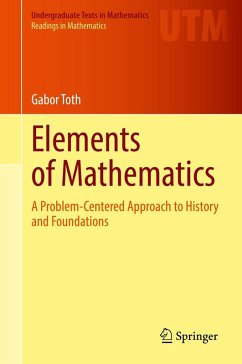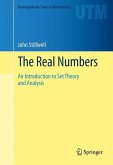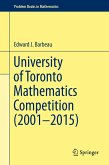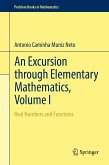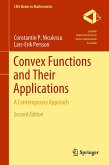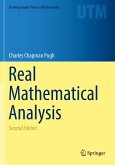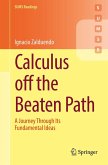Beginning with a thorough treatment of the natural numbers via Peano's axioms, the opening chapters focus on establishing the natural, integral, rational, and real number systems. Plane geometry is introduced via Birkhoff's axioms of metric geometry, and chapters on polynomials traverse arithmetical operations, roots, and factoring multivariate expressions. An elementary classification of conics is given, followed by an in-depth study of rational expressions. Exponential, logarithmic, and trigonometric functions complete the picture, driven by inequalities that compare them with polynomial and rational functions. Axioms and limits underpin the treatment throughout, offering not only powerful tools, but insights into non-trivial connections between topics.
Elements of Mathematics is ideal for students seeking a deep and engaging mathematical challenge based on elementary tools. Whether enhancing the early undergraduate curriculum for high achievers, or constructing a reflective senior capstone, instructors will find ample material for enquiring mathematics majors. No formal prerequisites are assumed beyond high school algebra, making the book ideal for mathematics circles and competition preparation. Readers who are more advanced in their mathematical studies will appreciate the interleaving of ideas and illuminating historical details.
Dieser Download kann aus rechtlichen Gründen nur mit Rechnungsadresse in A, B, BG, CY, CZ, D, DK, EW, E, FIN, F, GR, HR, H, IRL, I, LT, L, LR, M, NL, PL, P, R, S, SLO, SK ausgeliefert werden.
Hinweis: Dieser Artikel kann nur an eine deutsche Lieferadresse ausgeliefert werden.
"Transparency of explanation and gradually built material are outstanding features of the textbook. In addition, solutions to some problems are designed using more than one approach, making it adaptable to various students' backgrounds. ... The book makes itself accessible to a vast population of students. The book can enhance the undergraduate curriculum or serve as a reflective resource for graduate mathematics students." (Andrzej Sokolowski, MAA Reviews, March 20, 2022)
"A historical concern is present throughout,with pieces of information on the history of concepts and theorems." (Victor V. Pambuccian, zbMATH 1479.00002, 2022)

